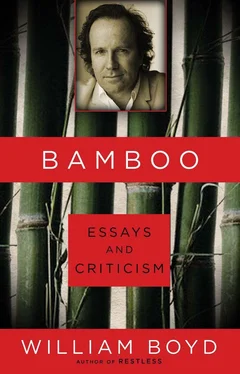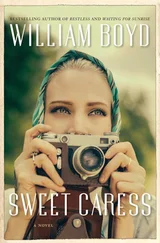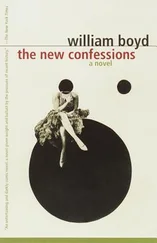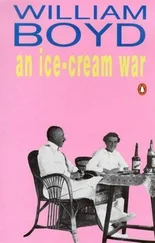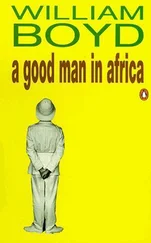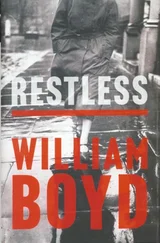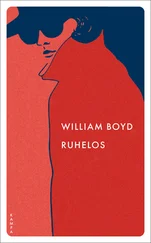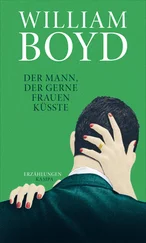But, as Dr Johnson said, “He who is tired of London is tired of life.” And it takes only a moment for the bile and resentment to alter into in-vigoration and enthusiasm. In 1928 Cyril Connolly returned to London after five weeks in Spain. In his journal he recorded: “Back in London … feel nothing but intense disgust. General dissatisfaction and distress.” But a few days later he writes, “I seem to be falling in love with London… To feel this jungle come to life all round one in the evening, the same October mists, fires, lights, wet streets, blown leaves, to plunge into its many zones not knowing what one will discover …” This seems to me the authentic London voice and the authentic London experience. There is a vibrancy about the city just as there is complacency and apathy. There are maddening irritations as well as astonishing diversity. And there is also this constant prospect of discovery before you, of new places, people, experiences, views and vistas that this huge, perplexing, secret city somehow manages to keep hidden until it chooses to reveal them. A big solid hard place, pragmatic and worldly, but it still retains its powerful, irresistible allure.
1993
Since 1996 I’ve spent between forty and fifty days a year in New York and, if I can’t claim to be a local, I do feel I’ve come to know the place better than your average tourist: I have my habits, I have my little routines and short cuts, I am a regular in certain bars and restaurants. I may not be at home but I feel I occupy a kind of residential limbo — in prolonged and agreeable transit. I am, as they would say in France, un familier.
One measure of this familiarity is that there is a walk I do most Mondays to Fridays that has become as much a part of my life as similar walks are in London. It starts where I live when I’m in New York, a small hotel on 63rd Street between Park and Madison, and it forms a rough oblong shape that covers a fair bit of the Upper East Side. The Upper East Side suffers a little from its reputation — as a place where only the truly wealthy New Yorkers live, hidden away in immaculate, doorman-guarded apartment blocks. Like all clichés this one possesses a fair degree of truth. But the denizens of this bit of Manhattan do make for a fascinating passing parade, and the one place you’ll see them out of their apartments and town cars is on the streets around here. People-watching doesn’t come much better than on Madison Avenue.
Yet the Upper East Side is a far more heterogeneous place than its snootily upscale reputation might suggest and the first and most intriguing aspect of this walk is that, over its couple of miles or so, you will encounter as many facets of Manhattan life as you would almost anywhere else.
I leave the hotel and turn left towards Madison Avenue and, a few paces later, reaching Madison turn north, heading uptown. In the four years I’ve been coming regularly to New York, Madison has turned itself into one of the most remarkable shopping streets in the world, a mile-long hymn of praise to labels and logos, high prices and haute couture. This is fine if you’re interested in shopping but, even if you’re not, these immaculate temples of consumerism are still diverting to the eye. The Madison run actually starts a few blocks south of 63rd with Nicole Farhi, Donna Karan and Calvin Klein, but as I turn northward pretty soon I’m flanked by Armani and Valentino and up ahead loom Krizia, Ungaro and Bulgari and so on. Also in this stretch of the Avenue are found small see-and-be-seen restaurants, such as Nello, Cafe Nosidam and La Goulou, serving international food to an international clientele, but my first break usually occurs, mundanely, at an ATM machine in Citibank and then, on 67th, I am occasionally obliged to stop for breakfast at the Gardenia Cafe. There are two potential breakfast/coffee stops on this long first stretch of the walk up Madison, but the other — another timeless classic, a Viand — is many blocks northward. The Gardenia is also a classic diner, although, fittingly for the neighbourhood, it seems slightly more genteel. A long, thin, dark room, serving American reliables — eggs, bacon, potatoes — with astonishing speed and fussless taciturnity. I drink my coffee and, if it’s a Wednesday, read my New York Observer, a weekly, and, just possibly, the most interesting and best written newspaper in the world.
On up Madison the march of brand names continues — Dolce & Gab-bana, Yves St Laurent, Sonia Rykiel. More intriguingly we encounter (on 70th) the first of five independent bookshops this walk provides. This is the Madison Avenue Bookshop, small and well stocked, famous for the contemptuous aloofness of its erudite staff.
We’ve been walking slightly up hill thus far, on the east side of the Avenue. At the crest of this gentle hill stands the Westbury Hotel, now converted into condominiums, and looking left down the cross streets you can see narrow, tree-crowded vistas of Central Park.
Strolling easily downhill you pass on your right the impossible fantasy that is Ralph Lauren’s shop/mansion on 72nd, a two-way cross street. It’s worth visiting this shop if only to see the quintessence of the Ralph Lauren vision of the good life: the dream made flesh. Across 72nd is the Madison Avenue Presbyterian Church. None of New York’s churches is particularly distinguished, architecturally, but they are to be valued for their Victorian gothic contribution to the twentieth-century skyscape. Gargoyles, teetering finials and flying buttresses make the perfect decorative counterpoint to the concrete and plate glass angularities of the skyscrapers and office blocks. Diverted as you might be by the life on street level it is always worth looking up in New York every fifty yards or so. It never palls, this prospect of lofty buildings, and, particularly at night, it can be astonishingly beautiful, these soaring masses of stacked lights and the wavy ripple of mirror glass
Up ahead, on 74th Street, is the inverted grey ziggurat that is the Whitney Museum of Modern American Art. The Whitney is a great museum, not so much for what it periodically contains (though its permanent collection is superb) but for the building itself. Solidity, moneyed-heft, integrity are the quiet messages its stone, brass and mahogany seem emphatically to convey. The lifts are gigantic, the finish flawless (no expense has been spared), its scale is impressive and it is astoundingly easy to use. I don’t know what it is about the Whitney that draws me so. I prefer it to the Guggenheim and MoMA (not so far away, either). I think it must be something to do with the proportion and massiveness of its construction. As I pass it every day I can go in when it’s just opened. I often find myself wandering around with only the museum guards for company. In any given week I may flit in for half an hour two or three times.
On up Madison past the discreetly sumptuous wonders of the Carlyle Hotel and we are approaching my destination on 79th Street. This is the New York Society Library — where I work. This is an ancient institution by American standards, dating back to the eighteenth century. The library has moved many times in its history before ending up here in a capacious town house on 79th, between Madison and Park. The library is private — it costs $100 or so a year to join — but it provides personal access to a huge collection of books and journals (you can browse in the stacks) and, more importantly for someone like me, at its summit, rooms with desks where a transitory writer can plug in his computer and, in theory at least, work. It remains a defiantly unmodernized place, with filing cards as well as computerized catalogues, marble sculptures on the wide stairways and a politely formal way of dealing with its members. Its reading room could come out of a gentleman’s club in London — tall, elegant windows, leather armchairs, periodicals displayed on circular tables, people speaking rarely and then in the quietest of whispers.
Читать дальше
